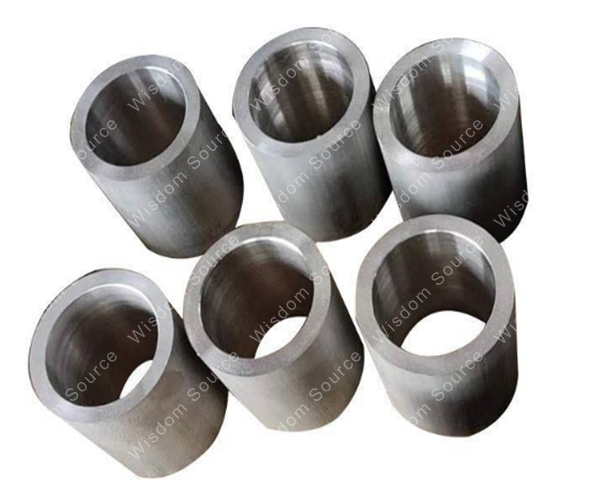Properties, Applications And Surface Nano-Treatment Technology Of Titanium And Titanium Alloys
Properties, Applications And Surface Nano-Treatment Technology Of Titanium And Titanium Alloys
Titanium is rich in reserves on the earth, accounting for the ninth place, and its reserves are about 0.44%~0.57%. Titanium is silvery white in its pure state, has a metallic luster, and has an extremely high melting point. There are two isomers of titanium: α-Ti and β-Ti, of which α-Ti is stable below 882℃, and β-Ti remains stable between 882℃ and 1678℃.
Because of its excellent properties, such as high density, high specific strength, corrosion resistance and high temperature resistance, good mechanical properties, light weight and good biocompatibility, titanium is widely used in all walks of life, including chemical, aerospace, medical materials and electronics industries.

However, with the progress of society and the development of science, the properties of titanium and titanium alloys can no longer meet all needs. Therefore, how to modify it to break through the limitations of its use has become an urgent problem to be solved. The application of nanotechnologies provides a new way to modify titanium and titanium alloys. The cost of directly preparing nano-body materials is high and the output is small, while the surface nano-technology is relatively low in cost, and the operation technology is simple and mature.
There are many methods for surface modification of titanium and titanium alloys, among which anodizing treatment is a simple and effective surface treatment method. Anodizing is an electrochemical method that produces a layer of oxide film on a metal or alloy to nanorize the surface of the specimen. By adjusting the concentration of the electrolyte, the size of the voltage and current, and the length of the reaction time, a group of short TiO2 nanotubes with controllable pipe diameter can be obtained. In the process of anodizing reaction, it mainly includes the formation and dissolution of TiO2. Through the cycle of these two reactions, nanotubes are finally produced.
In the future, with the continuous progress of science and technology, the application field of titanium and titanium alloys will be further expanded, and the requirements for material properties will be further improved. Titanium and titanium alloys will develop in the direction of high temperature resistance, higher strength, better plasticity and better wear resistance. At the same time, the surface treatment technology of titanium alloy will also be more advanced, and the surface friction resistance, acid and corrosion resistance of titanium alloy after surface nano-treatment will also be further improved. In the new era, titanium and titanium alloys will definitely achieve greater development.
